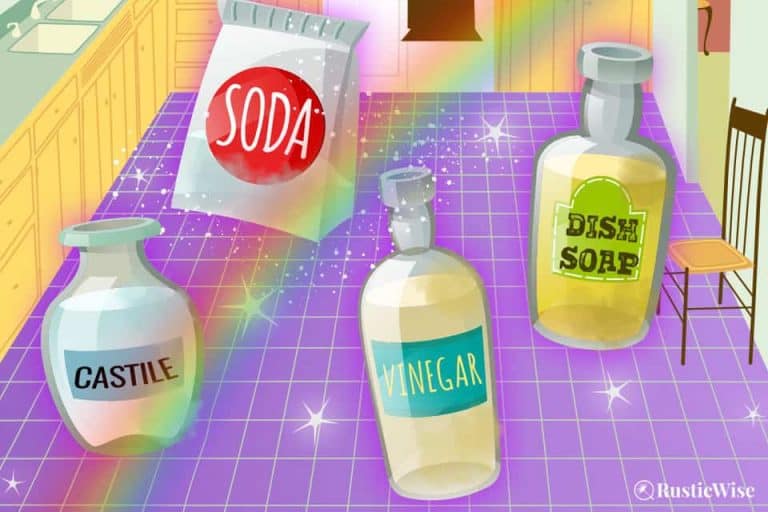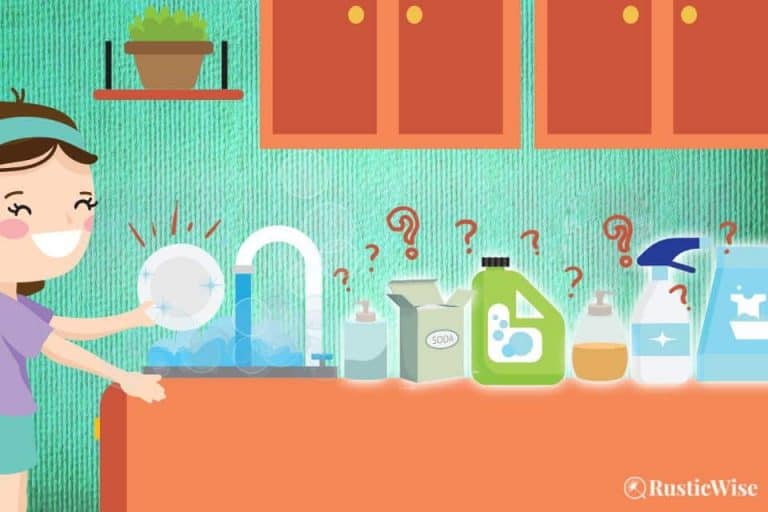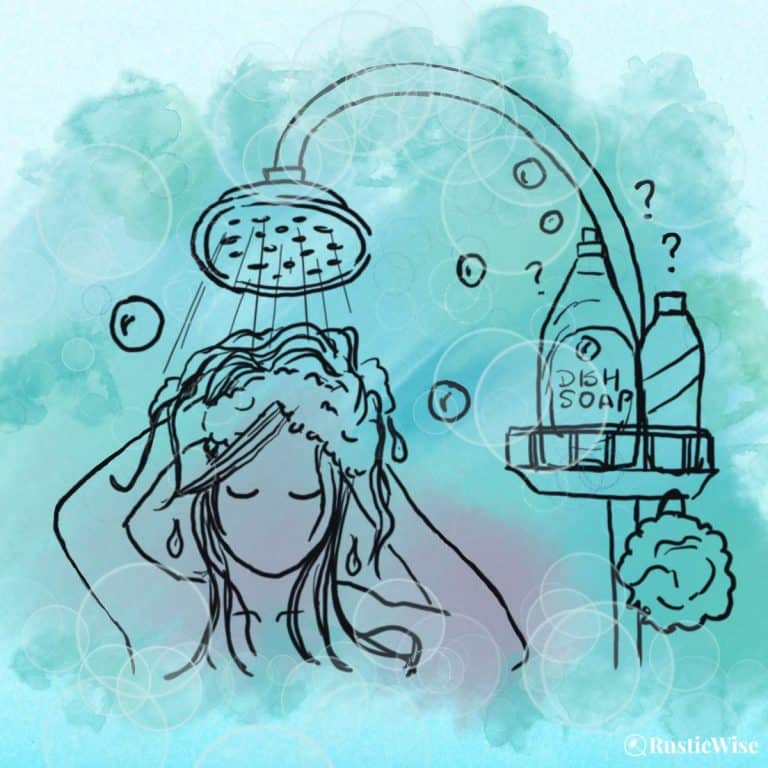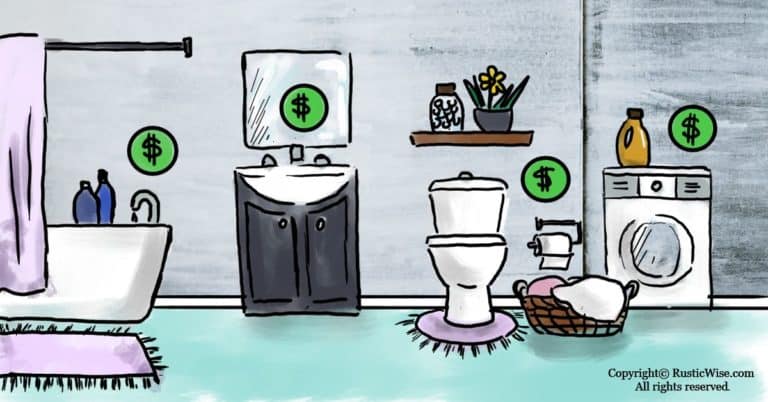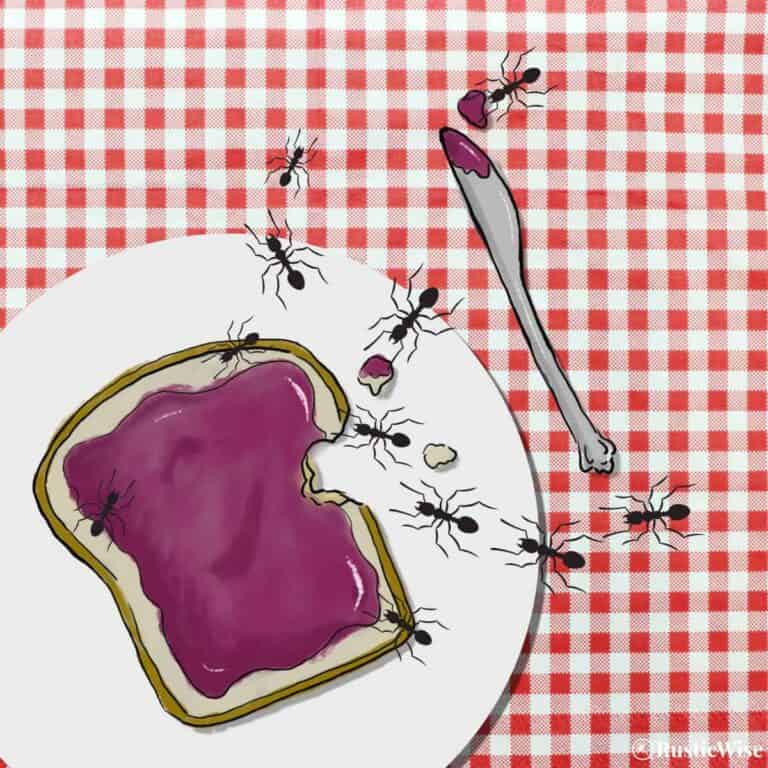How To Use a Swedish Dishcloth 16 Ways: An Eco-Friendly Alternative to a Sponge
A Swedish dishcloth is an eco-friendly alternative to a traditional sponge. Made of a blend of cellulose and cotton, it’s highly absorbent and biodegradable. It’s also more durable than a sponge and doesn’t need replacing as often. So, if you’re wondering how to use a Swedish dishcloth around the house, we’ve compiled a list of 16 ways to incorporate the Swedish dishcloth into your cleaning routine.
If you’re looking to ditch your grimey kitchen sponge for something more sanitary, versatile, and environmentally friendly, you’ve come to the right place. Keep reading for how to use a Swedish dishcloth for general household chores.
What exactly is a Swedish dishcloth?
While it sounds like something that Ikea might have come up with, Swedish dishcloths have actually been around since 1949. They were invented by Curt Lindquist, a Swedish engineer.
These cleaning cloths have been a mainstay in many Scandinavian countries since the ’50, and are quickly becoming popular in North America.
While they’re called “dishcloths” don’t expect your Swedish cloth to look or feel like your average tea towel. Instead, they’re kind of like a cross between a thin sponge and a dish towel.
In fact, Lindquist’s wife coined the name Wettex which combines the words “wet” and “textile.” Nowadays, Wettex is just one of the many companies selling this versatile cleaning tool. Do a quick online search, and you’ll find dozens of companies and resellers.
These quick drying cleaning cloths make them less susceptible to bacteria buildup and odors that occur from daily use of kitchen sponges. (Say goodbye to stinky sponges!)
They are also much more absorbent than the average kitchen sponge—they hold up to 20 times their weight in water.
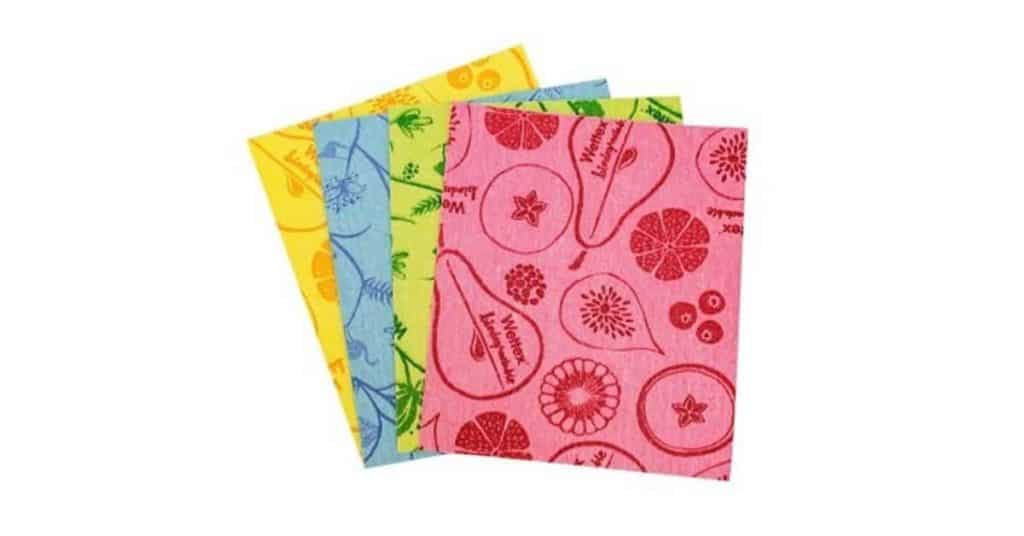
How are Swedish dishcloths eco-friendly?
According to the U.S. Environmental Protection Agency (EPA), the amount of tissue paper and paper towels thrown out in 2018 totaled 3.8 million tons.
Not only does paper towel consumption wreak havoc on the environment, it also adds up.
Euromonitor International has some stats on global expenditures on paper towels. The total global expenditure on household paper towel use in 2017 was $12 billion. Of this total, the U.S. spent $5.7 billion, dwarfing the amount spent by other nations. (France was a distant second, spending $635 million.)
What makes the Swedish dishcloth different from your average sponge is the natural fibers used: roughly 70 percent cellulose and 30 percent cotton.
Cellulose is a natural fibrous compound found in plant cell walls. When combined with cotton, these two materials form a highly absorbent textile. Here’s how these eco-friendly cleaning cloths level up your green cleaning game:
- Natural, renewable materials: The dishcloths are comprised of cotton and cellulose, two sustainable fabrics. Most kitchen sponges are made of synthetic materials such as nylon or polyester, neither of which are biodegradable.
- Compostable: Unlike sponges which are made from synthetic materials and don’t decompose, you can toss old Swedish dishcloths into your backyard compost where they should decompose in under a year.
- Durable: Most Swedish dishcloths last up to a year depending on usage. Many people report theirs lasting for much longer. This means each Swedish sponge cloth can be used hundreds of times.
- Reduces waste: Wettex claims that each individual Swedish dishcloth replaces up to 15 paper towel rolls.
Tip: The downside to Swedish dishcloths is that they’re prone to shrinking due to the cellulose. So don’t even think about tossing them in your dryer—air dry only.
What surfaces can a Swedish dishcloth be used on?
As these cleaning cloths are made of soft, natural fibers, they are safe to use on many different surfaces. You don’t need to worry about them scratching up your stone countertops, or other porous surfaces.
Swedish dishcloths are also safe to use on skin making them a great alternative to wash cloths.
You can clean any surface with your Swedish dishcloth including kitchen counters, sinks, windows, mirrors, appliances, and more. They’re also perfect for cleaning up spills in the kitchen or bathroom. Beyond just utilitarian purposes, there are many ways you can use your Swedish dishcloth around the house and garden as well!
Here are a few surfaces you can use a Swedish dishcloth to clean:
- Glass and mirrors (including glass cooktops)
- Stainless steel appliances
- Stone countertops
- Smooth wood tabletops and wooden flooring
- Tile
- Linoleum
Tip: Stick to smooth surfaces when using your Swedish dishcloth. Jagged or rough surfaces may tear the cloth so it’s best to avoid using on these.
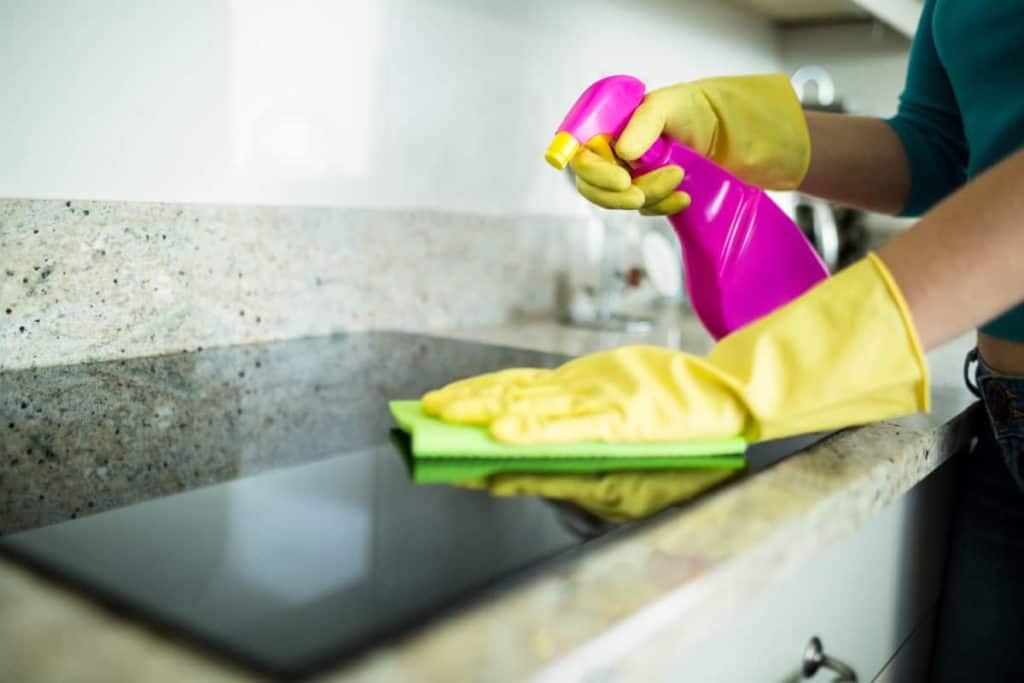
How to use a Swedish dishcloth
These cleaning powerhouses are simple to use: simply wet with water (or a cleaning solution), wring out excess water or liquid, and wipe away!
How to use a Swedish dishcloth in the kitchen
1) Wipe up spills and mess from your human or furry friends.
2) Wash dishes. You can ditch that old kitchen sponge for something more sanitary! This dishrag is great for everyday washing.
3) Wipe walls, baseboards, or smooth tile backsplash. Smooth surfaces in your kitchen are prime candidates for cleaning with your Swedish sponge cloth.
4) Clean appliances. Clean your fridge, dishwasher, microwave, and oven.
5) Polish your kitchen faucet and sink to a shine.
6) Wipe countertops and table.
7) Clean sticky fingers. Whether you have little ones who make a huge mess while eating, or you’re busy cooking up a storm, use Swedish dishcloths to wipe sticky fingers (and mouths) clean.
8) Clean windows. Dampen the Swedish dishrag with water, or spritz a bit of your favorite cleaning solution to have sparkling, streak-free windows. Use another dry cloth to wipe dry.
9) Clean cabinets. Over time, kitchen cabinets collect dust, grease, and food splatters—a Swedish dishcloth can easily tackle this.
How to use a Swedish dishcloth in the bathroom
10) Clean mirrors. Enjoy a virtually streak-free mirror—just spritz a bit of cleaner and wipe away. Have another dry cloth handy to wipe dry.
11) Clean showers and bathtubs.
12) Clean bathroom countertops. Keep one handy to keep daily countertop messes to a minimum.
13) Use as a washcloth. Obviously you’ll want to designate a cloth solely for personal use! Use to wash your face, or as a washcloth in the bathtub or shower. They are quicker to dry than regular washcloths making mildew buildup a thing of the past.
14) Clean toilets. If the thought of using a reusable cloth to clean your toilet puts you off, remember that you can toss these cloths in the washing machine.
How to use a Swedish dishcloth in the garden and outdoors
Once your Swedish dishcloth is starting to get old, it’s time to use it around the house and in the yard.
15) Wash your car. It’s safe for windows, headlights and interiors too.
16) Keep one handy when you’re gardening to wipe dirt off your hands or to clean your garden tools.
The takeaway: how to use a Swedish dishcloth
It’s no secret that sponges are wasteful, but there is an eco-friendly alternative. A Swedish dishcloth is made of a blend of cellulose and cotton which makes it highly absorbent, quick drying, and biodegradable. Because it doesn’t need to be replaced as often, this cloth can drastically cut down on paper towel usage in your home or office.
You can use this cloth for virtually any surface in your kitchen or bathroom including the sink, stovetop, dishes, countertops, cabinets, windowsills etc., making it an excellent all-purpose cleaning tool.
You’ll be amazed at how versatile these cloths are!
Check out our article on How to Clean a Swedish Dishcloth 5 Ways.

References
- PR Newswire, “Original, Natural, and Biodegradable Swedish Dishcloth Wettex Now Available in the US,” Released April 7, 2021. Accessed June 2021.
- U.S. Environmental Protection Agency (EPA), Facts and Figures about Materials, Waste and Recycling, https://www.epa.gov/facts-and-figures-about-materials-waste-and-recycling/nondurable-goods-product-specific-data#tab-6. Accessed June 2021.
- Pinsker, Joe (10 December 2018). “Americans Are Weirdly Obsessed With Paper Towels,” The Atlantic. Accessed June 2021.

Author: Theresa Tesolin
Theresa is co-founder of RusticWise. She helps people unleash their inner DIY spirit by encouraging them to get dirty and make or grow something from scratch.




